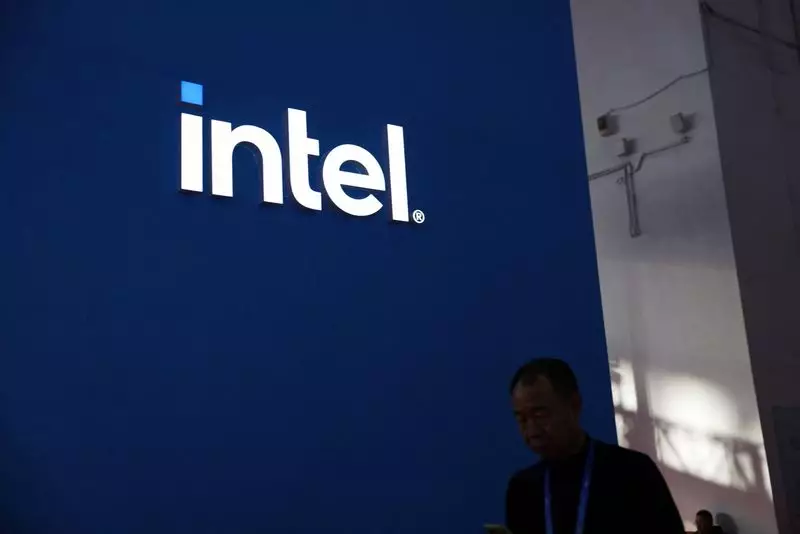Intel Corporation (NASDAQ: INTC) has found itself at a pivotal crossroads following the unexpected resignation of CEO Pat Gelsinger. This transition marks a significant moment for the semiconductor giant, with analysts from Citi suggesting that Gelsinger’s departure could pave the way for a strategic re-evaluation of the company’s foundry operations. The focus is not just on Gelsinger’s departure, but on how it signals a potential shift in Intel’s long-term strategy amidst increased competition and pressing technological advancements.
Gelsinger was seen as a guiding force for Intel’s manufacturing capabilities, advocating for a more robust position within the foundry business. However, his resignation indicates a loss of confidence from the board in his ability to execute a turnaround strategy that many believe Intel desperately needs. The new interim co-CEOs, David Zinsner and Michelle Holthaus, are now tasked with navigating these turbulent waters and determining the company’s next steps.
The immediate reaction to Gelsinger’s resignation came in the form of a slight dip in Intel’s stock price, which underscores investor uncertainty regarding the company’s direction. Shares have suffered significantly, experiencing a near 50% decline in value within the calendar year. The firm has struggled to keep pace with industry leaders such as TSMC (NYSE: TSM) and NVIDIA Corporation (NASDAQ: NVDA), particularly in the rapidly evolving landscape shaped by artificial intelligence.
Intel’s inferiority in deploying state-of-the-art silicon technologies has become starkly evident over the past few years. The company’s inability to capitalize on the burgeoning demand for AI-specific chips has further exacerbated its challenges, leaving it vulnerable in a market that is expanding at an unprecedented rate.
Amid this turmoil, Citi analysts have posited that Intel would be well-served by divesting its foundry business altogether. This recommendation comes from a belief that the foundry unit, which has persistently recorded losses, may not align with Intel’s core competencies moving forward. This recommendation is particularly poignant in light of Gelsinger’s vision for the foundry’s revival; his removal raises questions about whether his successors will prioritize this aspect of the business or shift their focus to more profitable avenues.
The call for a potential exit from the foundry business suggests a pressing need for introspection within Intel. Without strong leadership at the helm, the risk of pursuing detrimental strategies looms large. If the new co-CEOs fail to embody Gelsinger’s technical acumen or vision for revitalization, Intel could enter a phase of “long-term pain,” as referenced by analysts. This scenario could significantly hinder its ability to compete not just in chip manufacturing but across an increasingly tech-driven economy.
Intel’s recent leadership changes could signify a critical turning point that determines its competitive future. As the new co-CEOs prepare to redefine the company’s path, a clear and focused strategy will be essential for reclaiming its stature in the semiconductor industry. Whether this involves a pivotal exit from its foundry operations or a renewed commitment to technological innovation, the choices made in the wake of Gelsinger’s departure will undoubtedly shape the trajectory of Intel in the years to come. Investors and analysts alike will be watching closely as the company aims to transition from a state of decline to a resurgence in confidence and stock value.

